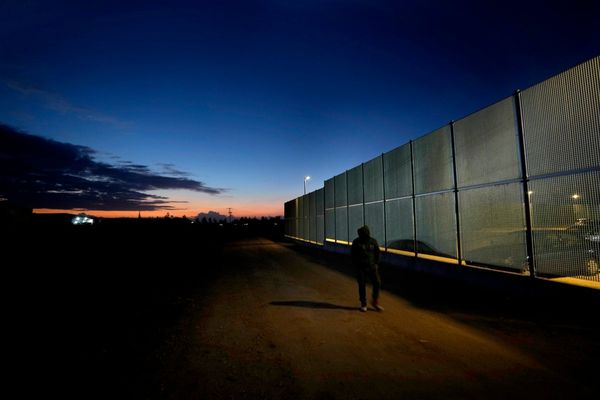
It's pretty clear that Tesla is extremely proud of the Cybertruck. It's the company's first all-new product in years and breathes fresh air onto not only the automaker's own product line but the entire global fleet of vehicles across all automakers. The style is polarizing, and being one of the first players to market on an EV pickup will likely prove to be an important factor in the truck's success.
Now it's time to show it off to the world. Tesla is shipping a small fleet of its trucks to China where they will embark on a nationwide tour of the country—well, at least at dealerships, that is. Tesla is committed to showing off its new flagship product to its second-largest market. There's just one problem: it isn't road-legal there.
Pickups are getting big in China—we're talking about size and market rate, by the way. Ford began selling its pickups to China a few years ago, and since then the market has boomed. In fact, the China Association of Automobile Manufacturers predicts that the market will have doubled in size between 2021 and 2025, and could double once again between 2025 and 2030. And that's even accounting for more expensive registration costs for gas-powered behemoths. Seems like the perfect opportunity for Tesla to jump on, no?
The Cybertruck was always intended to be targeted towards U.S. consumers. Stateside, trucks are a big deal as both work and lifestyle vehicles. Pickup trucks make up 20% of the light-duty auto market in the nation, and 44% of the overall global demand. That being said, it makes sense for Tesla to design its truck from the ground up for its targeted audience.
The downside is that focusing entirely on one single market can make it more difficult for other markets to adopt that vehicle. In the Cybertruck's case, this has namely been about occupant and pedestrian safety.
One Chinese Tesla enthusiast took to Elon Musk's social media platform, X, to share his excitement (that a number of Cybertruck reservation holders apparently share) of the Cybertruck arriving in Chinese showrooms. Soon after, the CEO himself chimed in about shipping over some examples for display. But just that: display. Likely, the Cybertruck will be nothing more than a tease for Chinese consumers.
According to Musk, it would be a difficult task to get the Cybertruck officially approved for road use on Chinese streets. He didn't give any specific reasoning why this is the case. Perhaps it's due to China's local restrictions on where pickups can be driven. Some cities like Beijing don't permit massive trucks to enter certain areas. But if China's reasoning is anything like Europe's, it's likely due to the truck's overly "sharp" edges and rigid construction which could spell out disasters for pedestrians and other motorists involved in an accident with the truck.
Adrian Lund, a former president at the Insurance Institute for Highway Safety (IIHS), told Reuters that the Cybertruck in particular is concerning due to its rigid exoskeleton-like body:
The big problem there is if they really make the skin of the vehicle very stiff by using thick stainless steel, then when people hit their heads on it, it's going to cause more damage to them.
Meanwhile, Musk bragged that a Cybertruck driver "will win" if they have "an argument with another car."
I'll give Tesla this: the Cybertruck is definitely different, and different can be good. But with several developed nations flagging the truck due to safety reasons, it should be an eye-opener for just about any motorist on the road.
Should the U.S. be looking at its own slowly updated vehicle safety regulations if the rest of the world isn't as accepting of a nearly 7,000-pound truck that can accelerate to 60 MPH in 2.6 seconds, and has rather "sharp" edges built from extra-strong steel? Probably. Will it? If history serves as evidence, probably not until it's too late.







